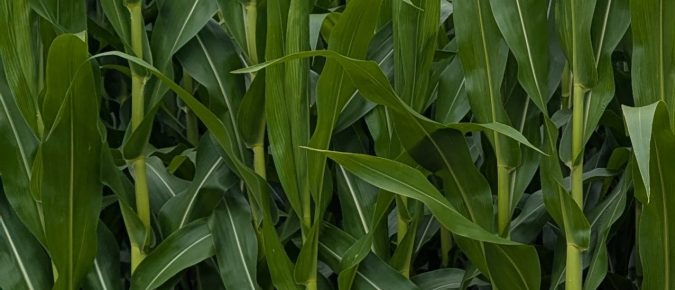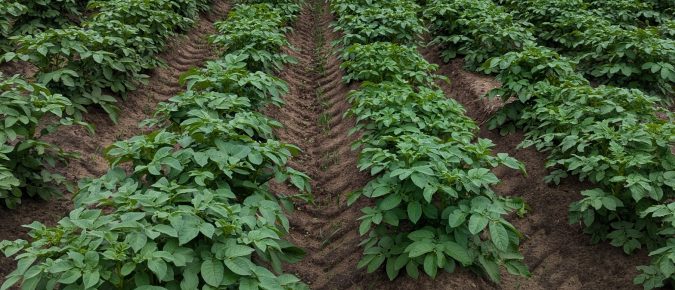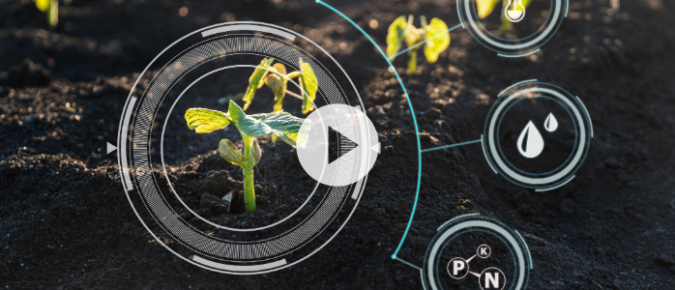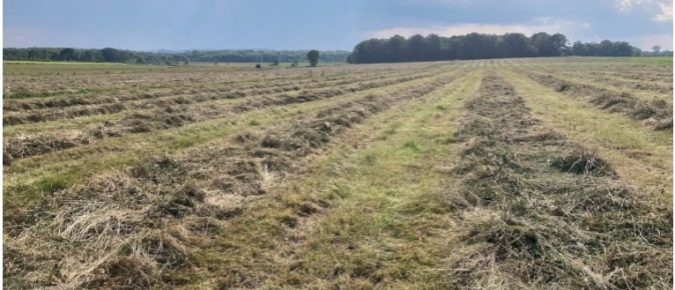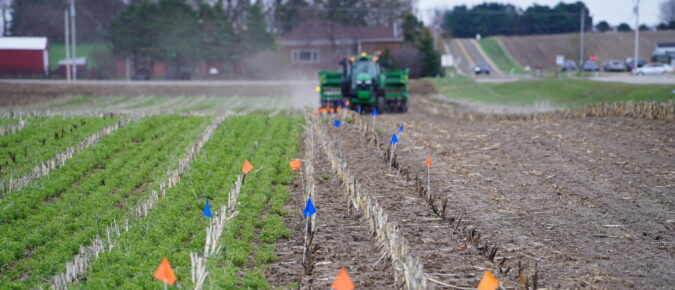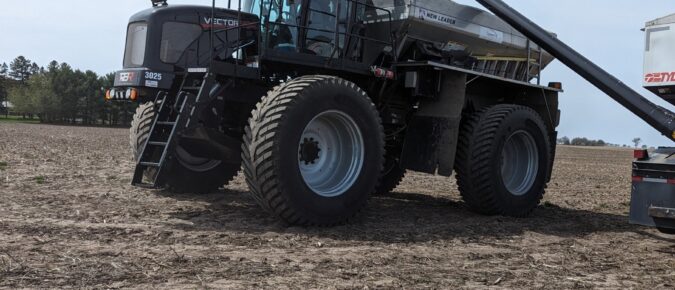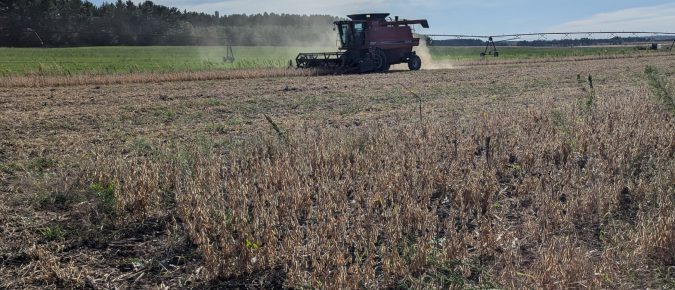Articles
▶ Unlocking the Potential of Biological Nitrogen Fixation in Corn
Rubens Diogo, a postdoctoral research associate in the Ané Lab, UW–Madison Department of Bacteriology, shares groundbreaking research on enhancing biological nitrogen fixation (BNF) in corn.
▶ Nitrogen Leaching: Trends, Risks and Regional Insights
Lindsey Hartfiel explores how nitrogen moves through soil and water systems, the impact of agricultural practices, and the importance of data-driven decision-making to mitigate nitrogen leaching.
▶ October 23 Ag Weather Outlook for Wisconsin
Josh Bendorf from the Wisconsin State Climatology Office provides a detailed update on weather conditions across the state as of October 23, 2025.
Potato Integrated Pest Management Back to Basics
This self-paced training aid includes videos and additional linked resources aimed at walking new participants to the industry through basic production and Integrated Pest Management (IPM) options for potatoes grown in Wisconsin.
▶ LLMs’ Application for Farm Management Insight
Dr. Shawn Conley and Jason Lo present an innovative approach to using large language models (LLMs) for farm management insights.
▶ AI in Agriculture
Dr. John Shutske explores the evolving role of artificial intelligence in agriculture, with a focus on generative AI and large language models (LLMs).
▶ October 9 Ag Weather Outlook for Wisconsin
Josh Bendorf from the Wisconsin State Climatology Office provides a detailed update on weather conditions across the state as of October 9, 2025.
▶ Considerations for 2026 Seed Selection
Josh Kamps covers hybrid and variety trial data for corn, soybeans, and small grains, pest and disease management considerations, herbicide resistance, and scouting strategies.
▶ What You Can and Can’t Learn from a Nitrogen Response Curve
Dr. Matt Ruark, UW–Madison soil and nutrient cycling extension specialist, dives into the value and limitations of nitrogen response curves in on-farm research.
▶ September 25 Ag Weather Outlook for Wisconsin
Josh Bendorf from the Wisconsin State Climatology Office provides a detailed update on weather conditions across the state as of September 25, 2025.

